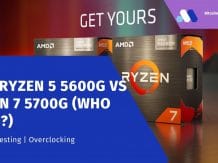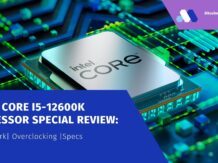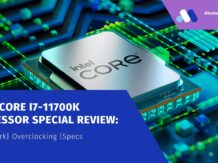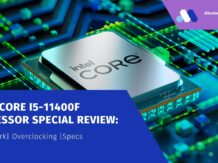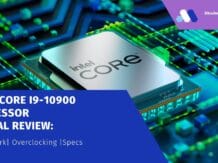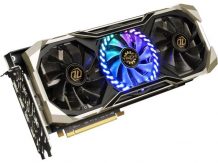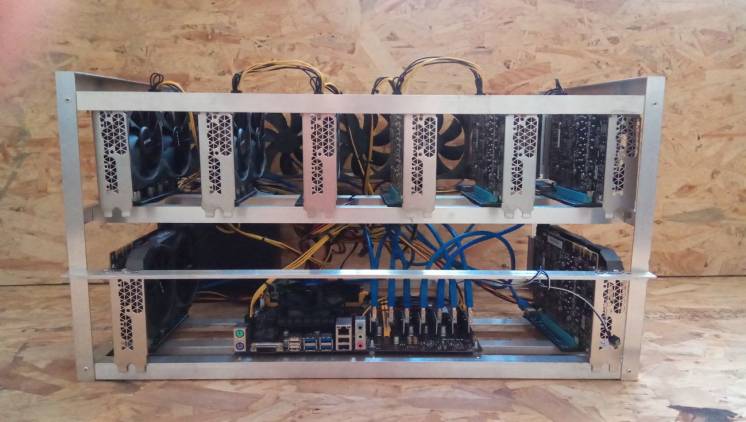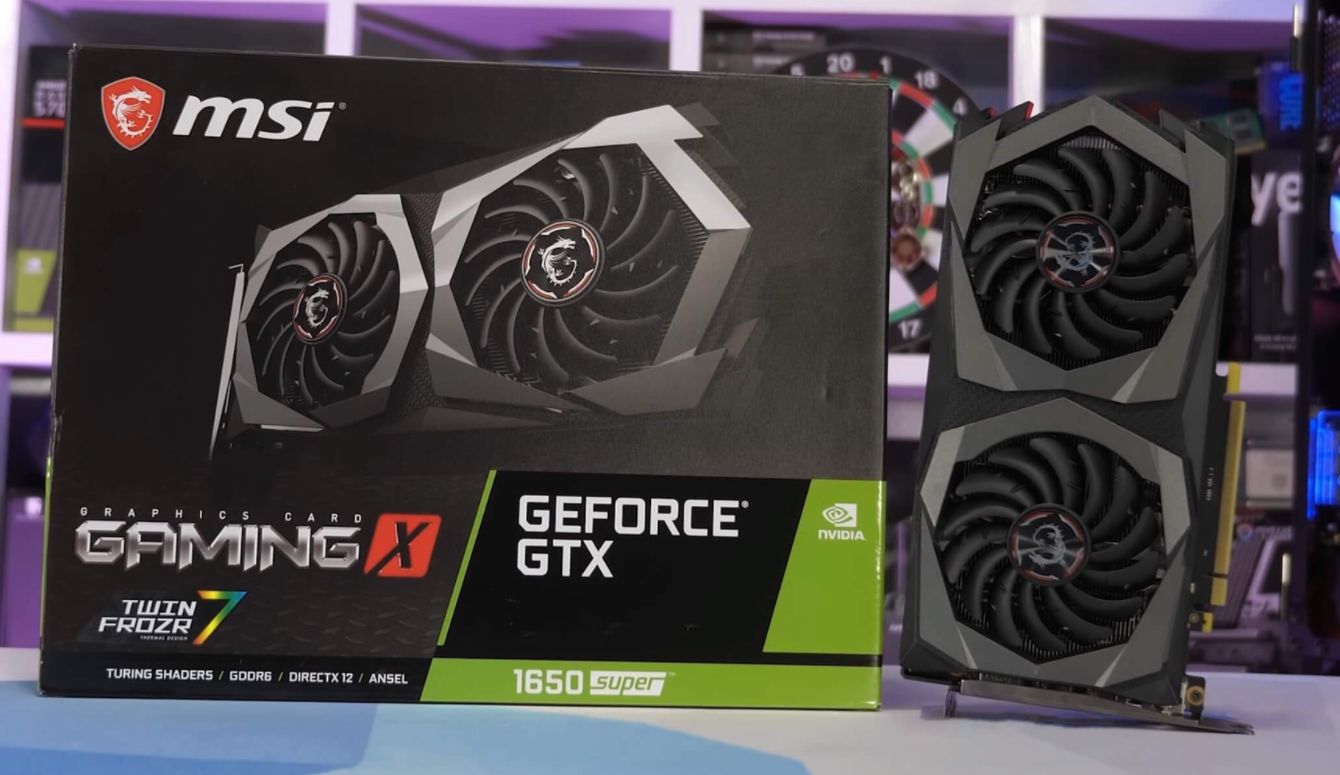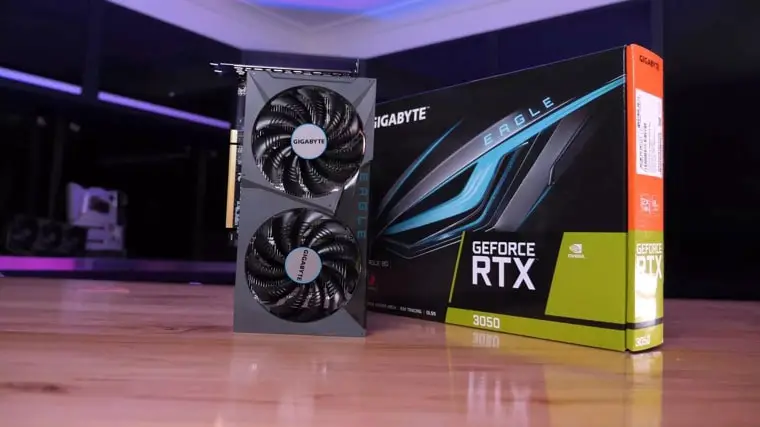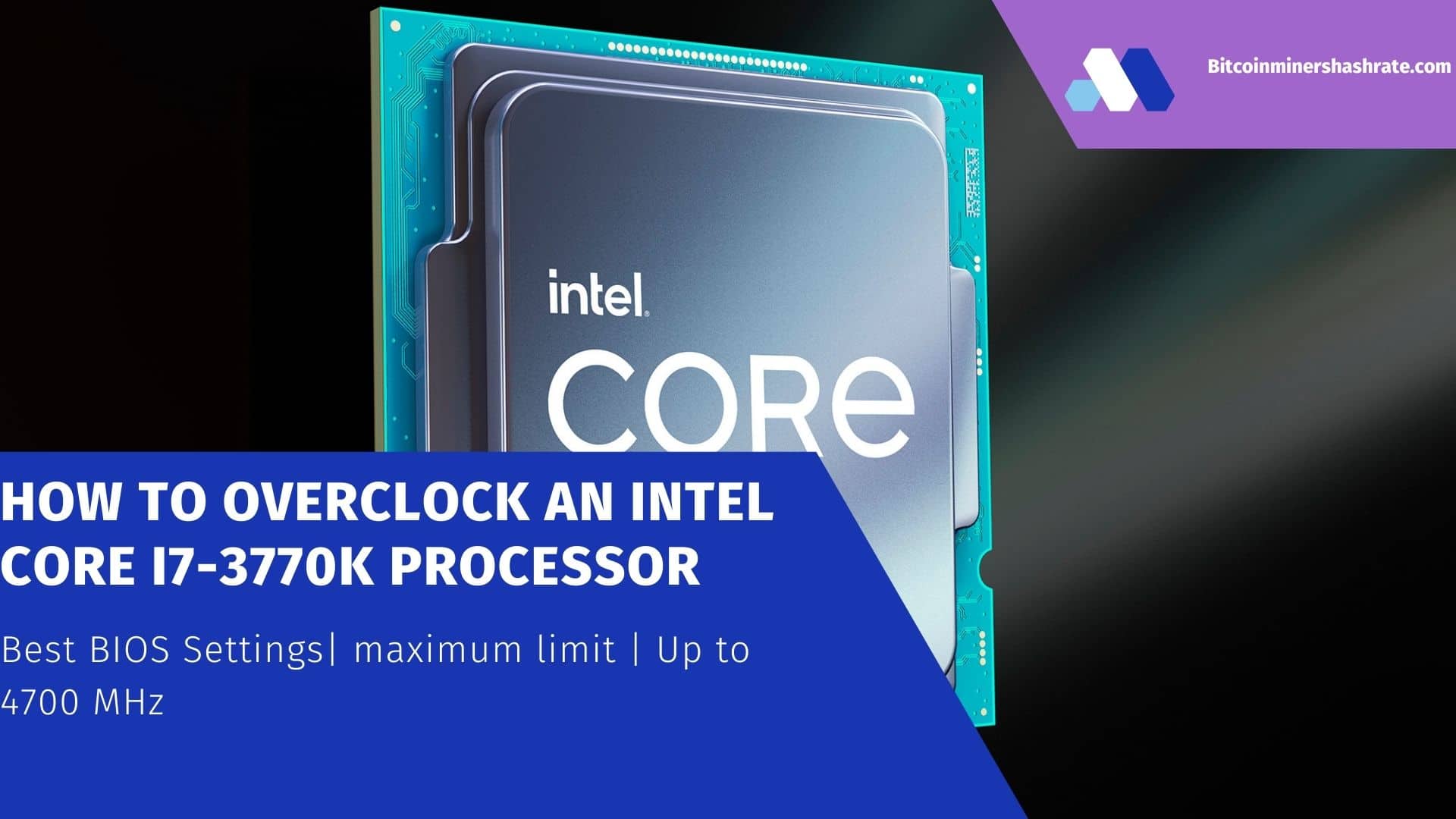Intel Core i5-11600K: Review (Special)/ Overclocking/ Benchmark/ Specification (Specs) – It seems that the 11th generation Core processors will be the last 14nm desktop representatives in the Intel line. This fall, according to the latest data, the twelfth 10 nm model range will appear on the market stones Alder Lake S. It will offer fundamental innovations and support for new technologies (DDR5, Socket LGA 1700, etc.). However, Rocket Lake devices compare favorably with Comet Lake (10th generation) family CPUs, even though they are compatible with the same Socket (LGA 1200) and DDR4 RAM standard.
The Core i5-11600K gets the job done much faster than the Core i5-10600K.
Intel Core i5-11600K CPU Review & Benchmarks: Gaming, Overclocking, Video Editing
The Intel i5-11600K is one of Intel’s more promising launches today, alongside the Intel i5-11400 CPU and other low-end parts. Our review & benchmark of the 11600K tests it vs. AMD & more.
The release of the 11th generation of Intel Core CPUs would not make any sense if they did not offer some significant changes compared to their predecessors. Indeed, there are innovations, let’s dwell on the most striking of them.
Key Features of 11th Generation Intel Core Processors (Rocket Lake):
- PCI-E 4.0 support (up to 20 lanes)
- updated physical core architecture Cypress Cove
- fresh integrated UHD graphics (Intel Xe)
- nominal compatibility with DDR4-3200 memory standard
- support for AVX-512 instructions
At the end of last year, AMD introduced a line of Ryzen 5000-series processors, which turned out to be faster than the 10th generation Core CPUs (mainly in single-threaded computing). This fact hit hard by the reputation of Intel, because its stones have always been leaders in matters of single-core power.
That is why the main innovation of the Rocket Lake family was the Cypress Cove architecture, which increases the IPC by 19% (this concept includes not only the performance of a single thread, but also the interaction of processor cores with memory, OS, computing lines, etc.).
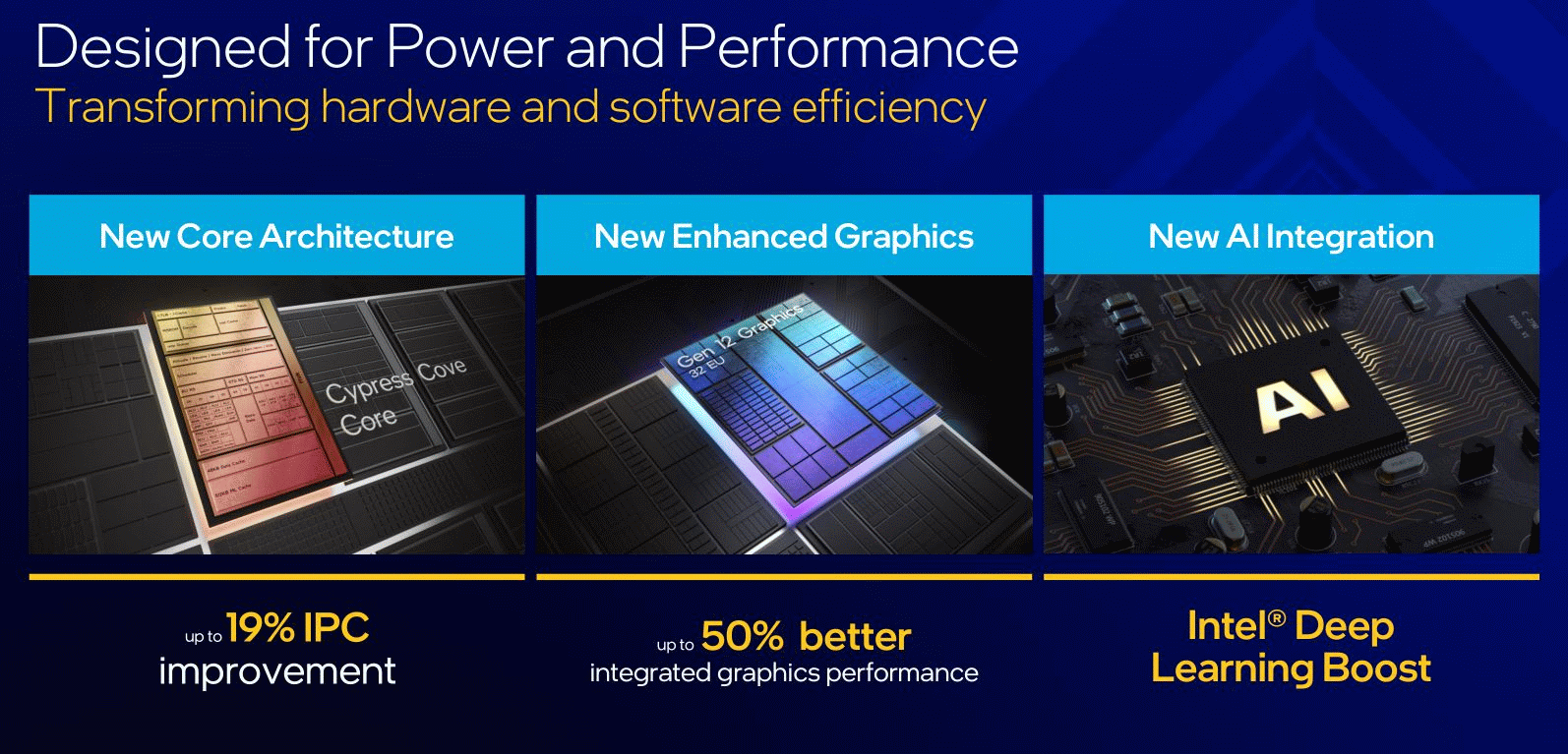
Many perceive the release of 11th generation Intel Core devices as a response to the exit stones AMD Ryzen 5000-series. This is partly true, but the point here is not only in competition, but also in the need to convey relevant technologies to the consumer.
One of them is PCI-E 4.0 support. Rocket Lake is the first Intel Core family to offer this compatibility. The advantage over PCI-E 3.0 is obvious: increased bandwidth, which positively affects the speed of information transfer. With this interface are friends nimble SSD and video cards.
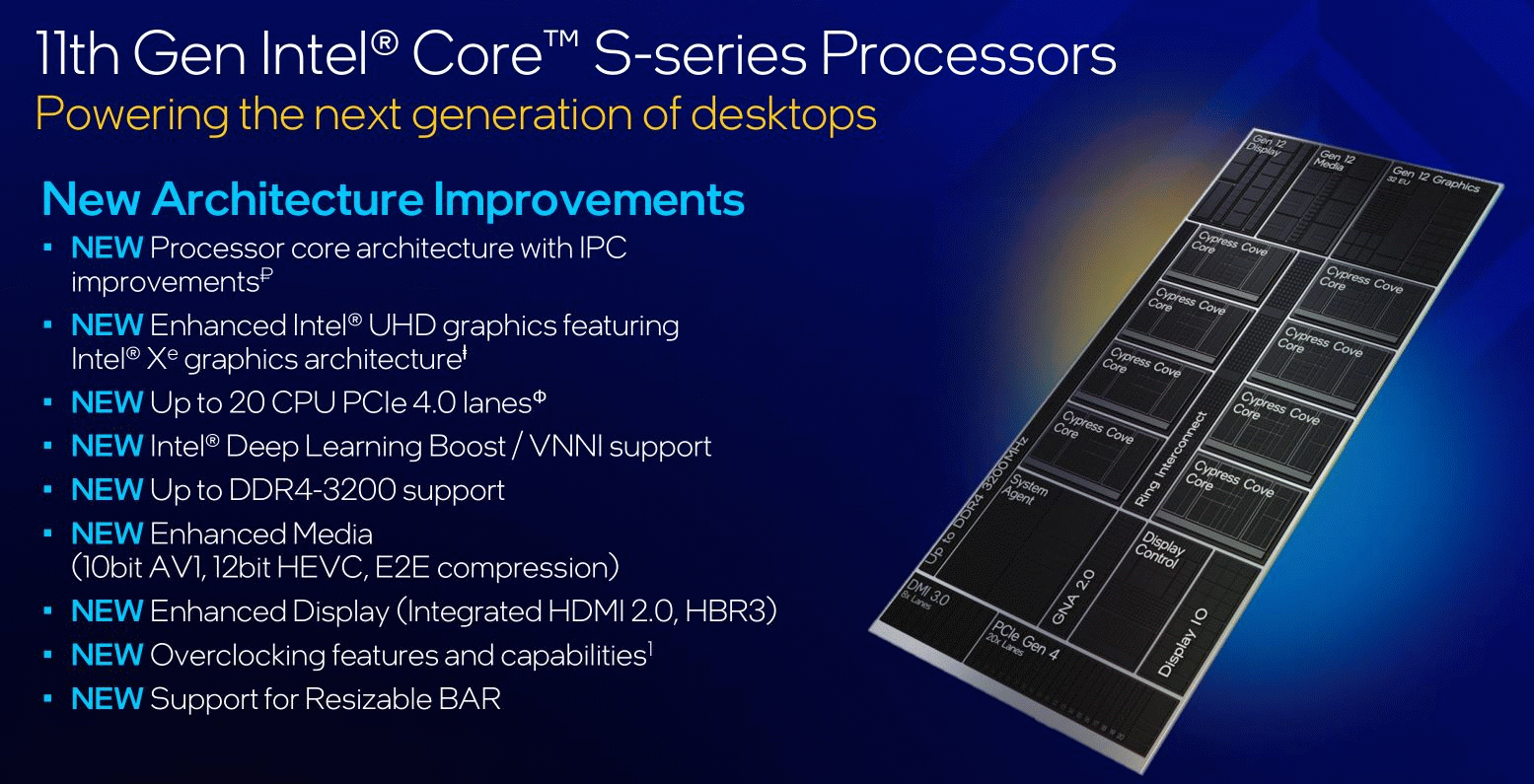
Another significant innovation is support for AVX-512 instructions. Rocket Lake processors are the first mainstream devices capable of processing Intel Advanced Vector Extensions 512 commands (scientific modeling, financial analytics, artificial intelligence, deep learning, 3D modeling, data analysis, image processing, audio, video, data compression, and encryption). Previously with AVX-512 were friends only server solutions and HEDT platforms (Socket LGA 2066).
The Core i5-11600K refused to function stably even at 5 GHz.
Also drawing attention to Rocket Lake is the developer’s claim that the 11th Gen CPU’s integrated graphics are up to 50% faster than its predecessors. We will definitely analyze this point in practice (more on that below).
Before moving on to exploring the real capabilities of the Core i5-11600K processor, it is worth recalling that Rocket Lake CPUs are compatible not only with 500 chipsets, but also with 400 chipsets (a BIOS update may be required). By the way, stones Comet Lake without difficulty start up on new motherboards with Socket LGA 1200.
We add that all 11th generation Core i5, Core i7 and Core i9 CPUs support Hyper-Threading technology, and the lineup so far includes only 6- and 8-core devices (at the time of this writing).
Technical features
So, the Core i5-11600K is a 6-core 14 nm processor (12 computational threads) with 12 MB cache and a rather high TDP (125 W). The nominal clock frequency of all cores is 3900 MHz (in automatic mode, one of them operates at 4900 MHz). The solution is valued at $262, but right now this stone costs more.
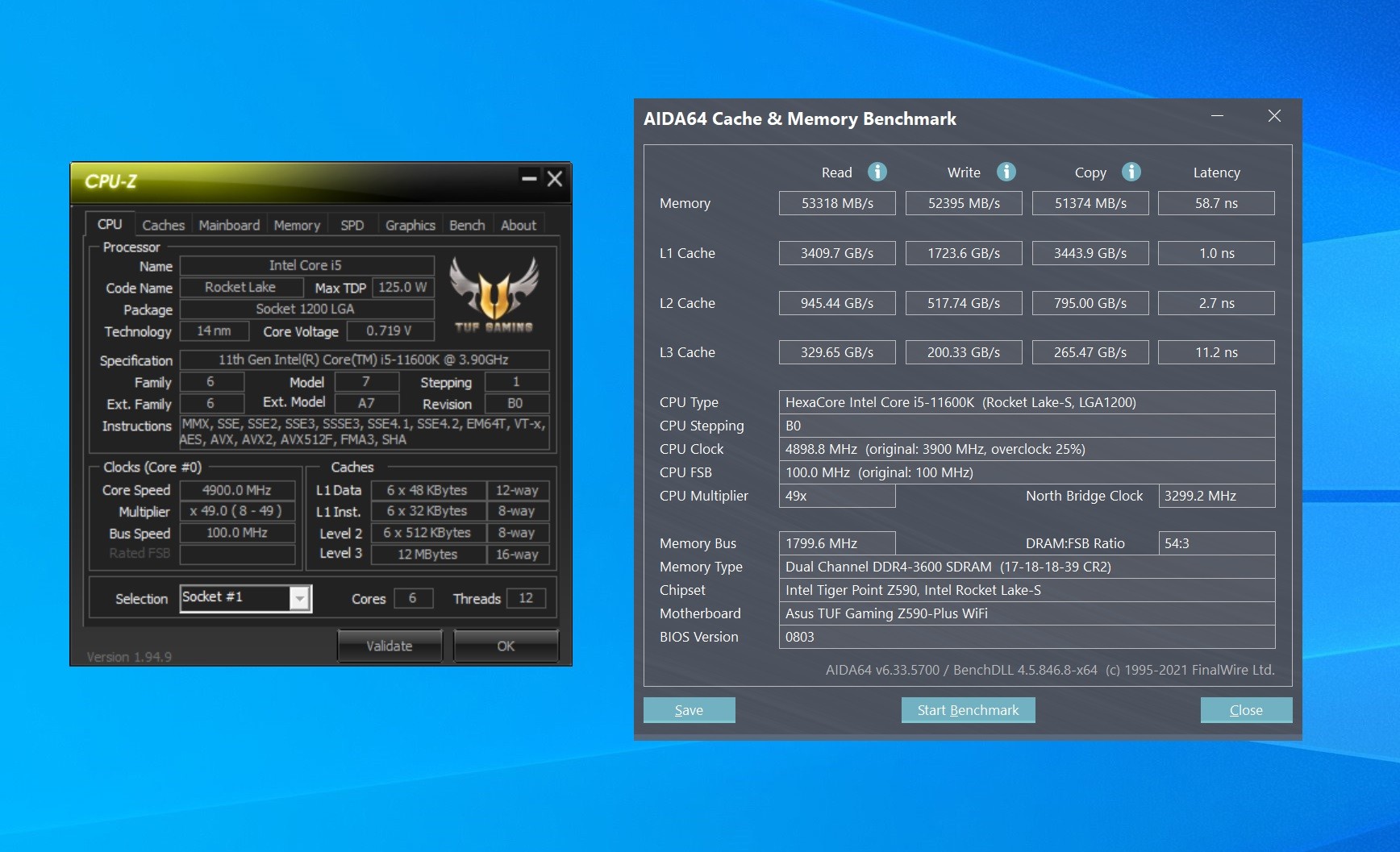
Intel Core i5-11600K, as mentioned above, is compatible with DDR4-3200 RAM (although everyone is well aware that it will start with much higher frequency kits) and PCI-E 4.0.
Intel Core i5-11600K: Specification (Specs)
| Ryzen 5 5600X | Core i5-11600K | Core i5-10600K | |
|---|---|---|---|
| Technical process | 7 nm | 14 nm | 14 nm |
| Socket | AM4 | LGA 1200 | LGA 1200 |
| Kernels / threads | 6/12 | 6/12 | 6/12 |
| Clock frequency | 3700/4600 MHz | 3900/4900 MHz | 4100/4800 MHz |
| L3 cache | 32 MB | 12 MB | 12 MB |
| TDP | 65 W | 125 W | 125 W |
| Memory support | DDR4-3200, 2 channels | DDR4-3200, 2 channels | DDR4-2666, 2 channels |
| PCI-E version | 4.0 | 4.0 | 3.0 |
| Unlocked multiplier | Yes | Yes | Yes |
| Integrated graphics | Not | UHD Graphics 750 | UHD Graphics 630 |
The reviewed processor has integrated Intel UHD Graphics 750 graphics (we will talk about the capabilities of the built-in core in the corresponding chapter).
The Core i5-11600K is a fairly hot CPU. If you believe the profile utilities, this stone even at nominal, it emits about 146 watts (1.270 V). Under load, it heats up to 62 degrees (Noctua NH-D15S chromax.black cooler) on an open bench, so having a productive CO is welcome if you plan to purchase this processor.
Intel Core i5-11600K: Power of one core (Single Core)
Perhaps, this parameter was of the greatest interest to the public at the stage of the announcement of the Rocket Lake family of processors. There really is a sense from the integration of the Cypress Cove architecture.
Perhaps, the IPC indicator does not always reach a difference of 19% compared to its predecessors, but owners of the 11th generation CPU can expect a 10-15% increase.
The results of the Core i5-11600K in the SuperPI program are especially impressive, no CPU that visited us earlier (even the Ryzen 5 5600X) could cope with profile calculations so quickly.
Intel Core i5-11600K: Integrated graphics performance
Any graphics core integrated into the CPU is designed to perform simple 3D operations (displaying a detailed image on one or more displays, video playback, etc.). For normal gaming, an external accelerator is definitely required, although for very simple games, graphics built into the CPU may be suitable.
We compared the capabilities of the Intel UHD Graphics 750 (Core i5-11600K) with the UHD 630 (Core i7-10700K). We remind you that the developers at the presentation of the 11th generation CPU announced a 50% increase.
In practice, things are even better. For example, in Ghost Recon Wildlands the difference between UHD 750 and UHD 630 reached 50% (six fps vs. four), and in Rainbow Six Siege we got a threefold increase (29 fps vs. 10).
All this, of course, is great, but these figures can hardly be called acceptable when it comes to comfortable gaming in Full HD resolution.
Test stand:
Motherboard – ASUS TUF Gaming Z590-Plus WIFI
RAM – Kingston HyperX Predator DDR4-3600 (2×8 GB)
Video card – ASUS TUF Gaming GeForce RTX 3090
Storage – ADATA XPG Spectrix S40G RGB 512 GB
Cooler – Noctua NH-D15S chromax.black
Power Supply – Fractal Design Ion+ Platinum 860W
Intel Core i5-11600K: Performance and test results
Core i5-11600K or Ryzen 5 5600X? Surely this question interests readers most of all. It will not be possible to answer it unambiguously, because in some professional tasks the new 11th generation from Intel turns out to be faster, and in some – stone from AMD.
In games, Intel Core devices traditionally outperform AMD Ryzen CPUs, but the Core i5-11600K does not offer any revolutionary breakthrough in this area (compared to previous generations of CPUs). The potential of even muscular video cards are fully revealed by a 6-core CPU for 12,000 rubles (for example, Core i5-9400F or Core i5-10400F), it makes no sense to buy a novelty for this task for 20,000 rubles.
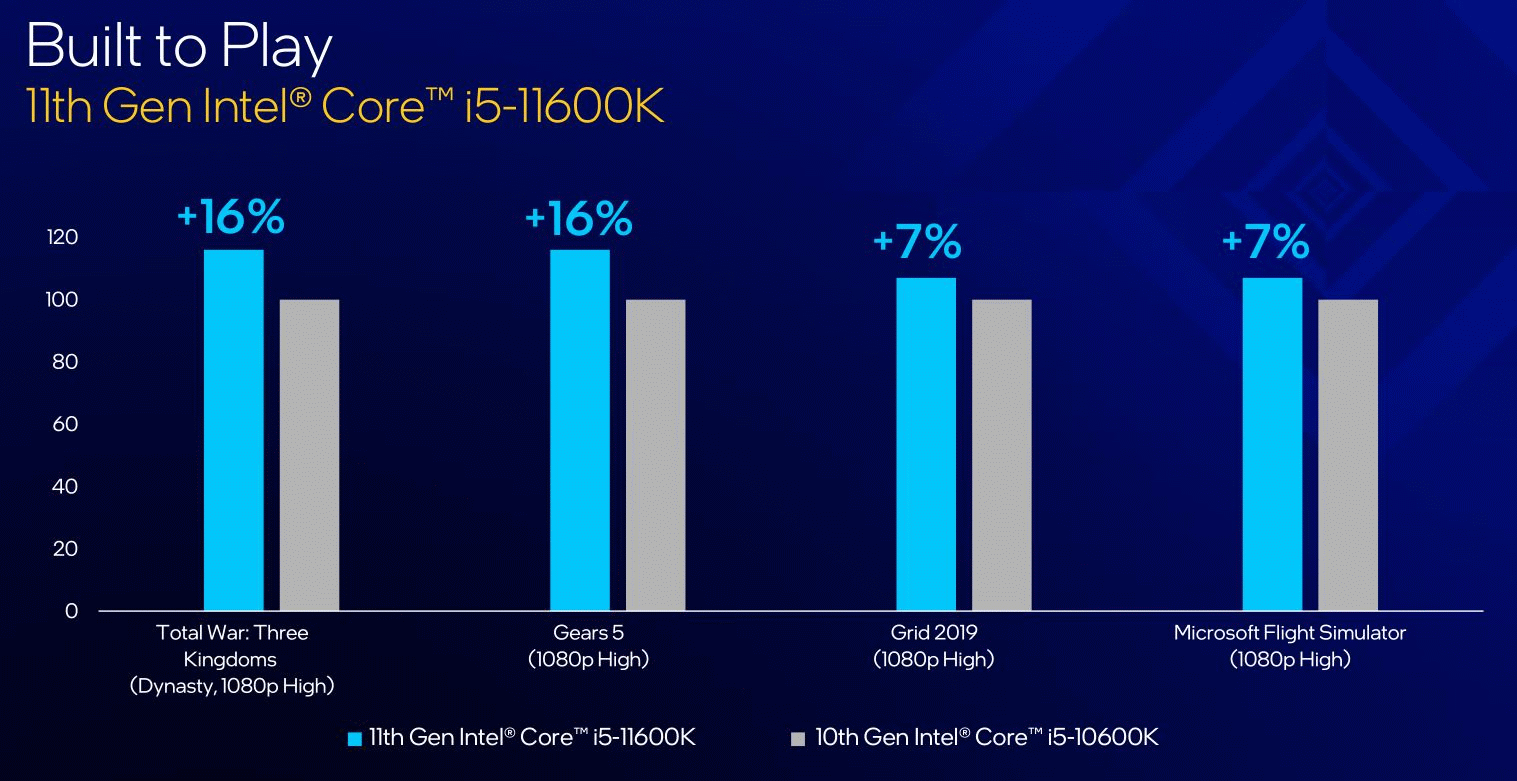
Curiously, the Core i5-11600K handles work tasks much faster than its predecessor called the Core i5-10600K.
In stores, the Core i5-11600K costs exactly the same as the 8-core Core i7-10700F.
Moreover, even if stone start the Comet Lake family at 5200 MHz (unlike today’s guest, he is capable of this), catch up older brother The 11th generation, operating at the nominal clock frequency, will still fail. For this, once again thanks to the architecture of the physical cores of Cypress Cove.
And here push aside The 8-core Core i7-10700K is no longer within the power of the reviewed CPU. Why did we draw a parallel between these two seemingly completely different processors? Yes, because both stone right now they cost plus / minus the same (the difference is about 1000-2000 rubles).
Although, in fairness, we note that the price tag for the Core i5-11600K and Core i7-10700KF is equal, and not for the Core i7-10700K, but any user knows perfectly well that these are actually the same type of devices (no one needs integrated graphics).
The current market situation is not in favor of the Core i5-11600K. Absolutely, at an equal cost, it is worth giving preference to the Core i7-10700KF, and not to the new product of the Rocket Lake family.
Intel Core i5-11600K: Overclocking
Who would have thought that the latest processors from Intel could not boast of impressive overclocking potential. But this is true. The Core i5-11600K refused to function stably even at 5 GHz (all 6 cores). The actions described in the profile manual did not help in any way.
By the way, virtually all journalists who fell into the hands of this particular modification faced exactly the same problem.
It looks like Intel squeezed out the absolute maximum of the 14 nm process technology, only future 10 nm solutions will be able to offer more (we hope so).
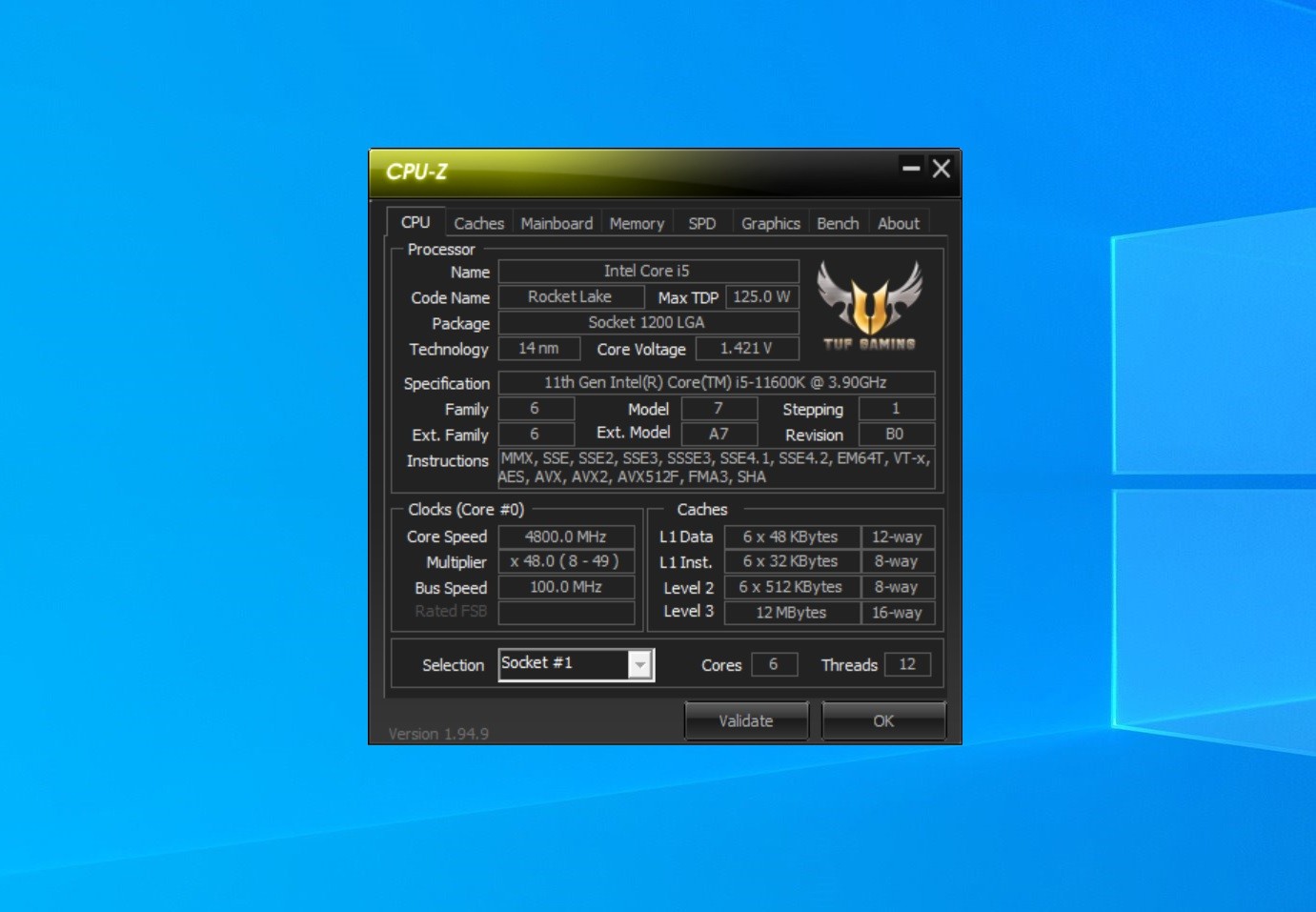
The Core i5-11600K wound up stably at 4800 MHz (1.359 V, 170 W, 72 degrees under load), but such overclocking did not significantly affect performance (catch up with the same Ryzen 5 5600X in the initial lost benchmarks failed).
In some applications, overclocking even gave a negative result (for example, in WinRAR and SuperPI), in games a minimal difference was recorded (additional 1-2 fps).
Conclusion
Someone was expecting more from the new generation of Intel Core processors, and someone was well aware even before the release that truly revolutionary changes would reach the mainstream platforms only with the release of 10 nm stones Alder Lake-S (we believe that this will happen).
Developers sucked all the juices from the 14 nm process technology, it’s time to move on (frequency stupor confirms this fact). Although it is impossible not to admit that support for PCI-E 4.0, AVX-512 instructions and a significantly increased IPC rate are relevant innovations that were worth it to launch a fresh CPU lineup on the market.
The Core i5-11600K turned out to be much faster than its predecessor (Core i5-10600K), in addition, the reviewed CPU imposed a fight on the main competitor, the Ryzen 5 5600X. Although in operations that require a large number of computational threads, the AMD device is often preferable.
It is important to remember one more fact: in stores, the Core i5-11600K costs exactly the same as the 8-core Core i7-10700F (the Core i7-10700KF version is estimated at 2-3 thousand more). And, in general, in any case, this is a more profitable acquisition.






